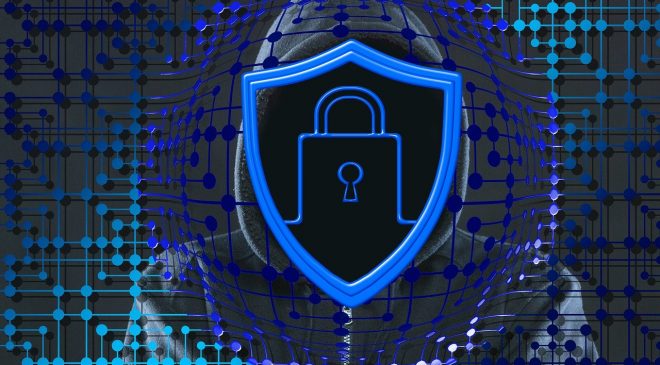
COVID-19 amplifies ongoing and new security concerns in the region.
Existing trends in cybercrime and the need for businesses to adopt emerging technologies to drive transformation have been fast-tracked by the COVID-19 pandemic, making it vital to fill skills shortages with industry-partnered digital education delivery.
Two of the largest emerging sub-sectors in the technology industry — cybersecurity and blockchain have become even more important as world events have forced a rapid migration into home office environments and businesses face accelerated transformation timelines.
According to an Accenture Cost of Cybercrime study, the total cumulative value at risk from cybercrime between 2019 and 2023 is forecast to be US$5.2 trillion, with each Australian organisation expected to lose an average of US$6.79 million annually.
With a worldwide skills gap of 2.93 million jobs, including 2.14 million in Asia Pacific, AustCyber said the Australian cyber security industry had the potential to almost triple in size to AUD$6 billion by 2026. This equates to a need for 18,000 additional cyber security professionals in the next six years.
A pre-pandemic global blockchain survey conducted by PWC said we should expect more than 80 per cent in annual blockchain growth rates until 2025.
The research also indicated that 84 per cent of tech-aware executives expected to apply blockchain technology to their business, but only one in 20 managers could easily source the skills they needed to do so.
Research released in May 2020 by Microsoft and the global research firm Frost & Sullivan found about 51 per cent of companies in the Asia Pacific region have either experienced a cybersecurity incident or are not even sure if they have had a cybersecurity incident.
The research, “Understanding the Cybersecurity Threat Landscape in Asia Pacific: Securing the Modern Enterprise in a Digital World, found large-sized organisation in Asia Pacific can possibly incur an economic loss of US$30 million, more than 300 times higher than the average economic loss for a mid-sized organisation (US$96,000).
Cybersecurity attacks have resulted in job losses across different functions in almost seven in ten (67 per cent) organisations that have experienced an incident over the last 12 months.
To calculate the cost of cybercrime, Frost & Sullivan has created an economic loss model based on macro-economic data and insights shared by the survey respondents.
This model factors in three kinds of losses which could be incurred due to a cybersecurity breach:
- Direct: Financial losses associated with a cybersecurity incident – this includes loss of productivity, fines, remediation cost, etc
- Indirect: The opportunity cost to the organisation such as customer churn due to reputation loss; and
- Induced: The impact of cyber breach to the broader ecosystem and economy, such as the decrease in consumer and enterprise spending.
Edison Yu vice president and Asia Pacific head of enterprise for Frost & Sullivan said the direct losses from cybersecurity breaches are most visible and are but “just the tip of the iceberg”.
“There are many other hidden losses that we have to consider from both the indirect and induced perspectives, and the economic loss for organisations suffering from cybersecurity attacks can be often underestimated,” he said.
In addition to financial losses, cybersecurity incidents are also undermining Asia Pacific organisations’ ability to capture future opportunities in today’s digital economy, with one in six (59 per cent) respondents stating that their enterprise has put off digital transformation efforts due to the fear of cyber-risks.
To help meet these demands, RMIT University has partnered with IBM, Palo Alto Networks and Stone & Chalk to offer The Graduate Certificate in Cyber Security and Graduate Certificate in Blockchain-Enabled Business.
Helen Souness RMIT Online CEO said the latest additions to the Future Skills portfolio would equip Australian businesses for the fast-moving and uncertain future of work.
“Over the past few months, we have observed a significant shift in traditional ways of working and conducting business,” she said. “The unpredictable nature of our current environment requires us to strengthen and accelerate our understanding of the digital landscape.
Cybersecurity and blockchain technologies are emerging as business-critical skills and we are delivering the training that provides those skills in our workforce,” said Souness.
The program will explore the fundamentals of blockchain and its impact on the economy and societal institutions within the context of the Australian business sector.
Students will be armed with skills and knowledge to become a thought leader in the sector, enabling them to drive blockchain technology adoption and thinking within organisations.
It will also deliver an understanding of cyber security spanning strategy, international orientation, critical analysis, and problem solving.
RMIT said graduates will develop and implement sophisticated cyber security strategies for organisations across a range of sectors. Both postgraduate programs will run for nine months, commencing in October 2020.
Tags: APACCyber CrimeCyber SecurityFrost&SullivanibmMicrosoftRMIT




